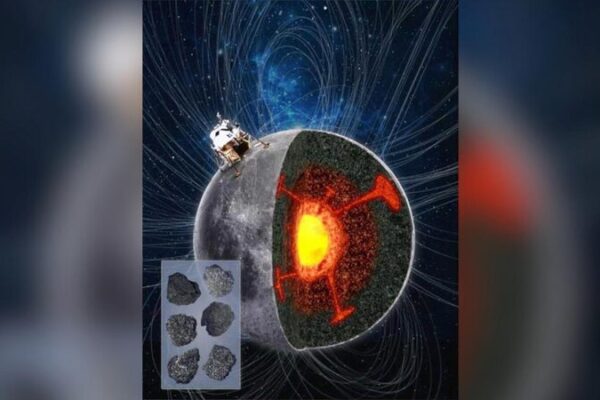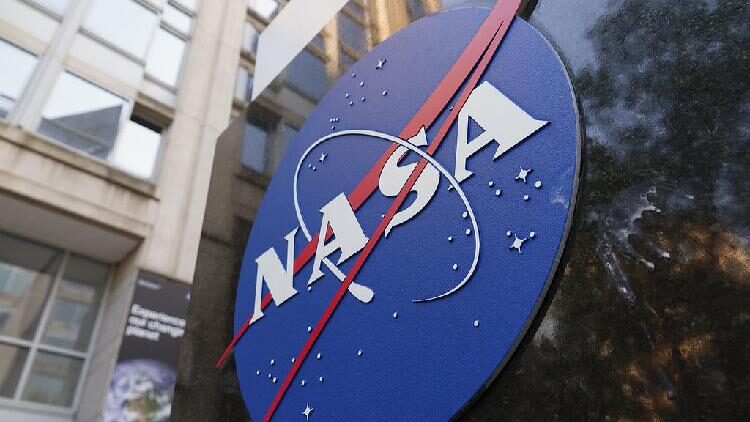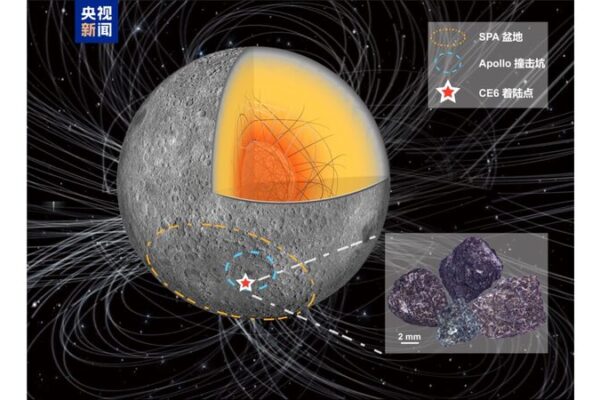In a groundbreaking discovery, an international team led by Chinese scientists has uncovered mysterious “space chorus” waves more than 160,000 kilometers away from Earth. This phenomenon, resembling the whimsical chirping of birds, was previously thought to occur only near Earth’s magnetic field regions.
“We observed chorus waves with frequencies below 100 Hz,” explained Liu Chengming of Beihang University, the study’s first author. “When we converted these waves into audio, we obtained a piece of ‘space chorus’ that we can hear.” He described the sound as similar to birds singing in the morning.
Chorus waves are a type of electromagnetic wave that occurs when charged particles interact with Earth’s magnetic field. These interactions produce frequencies that mirror the melodic patterns of bird songs. As one of the most intense electromagnetic fluctuations in space, chorus waves have been a focal point in space physics research.
The team, comprising researchers from China, the United States, and Sweden, analyzed extensive data collected by the Magnetospheric Multiscale Mission, a solar-terrestrial probe. Their findings challenge previous beliefs, revealing that chorus waves can occur much farther from Earth than previously thought. They attribute this to nonlinear wave-particle interactions in space.
Understanding these chorus waves is crucial. They play a key role in accelerating high-energy electrons in Earth’s radiation belts and generating pulsating auroras in polar regions. Moreover, they can influence space weather, potentially affecting the operation of spacecraft and the health of astronauts.
“This discovery provides essential theoretical support for the precise modeling and forecasting of space weather,” Liu added.
The study, published in the journal Nature, opens new avenues for exploring fundamental questions in space physics and underscores the importance of international collaboration in unraveling the mysteries of our cosmos.
Reference(s):
cgtn.com








